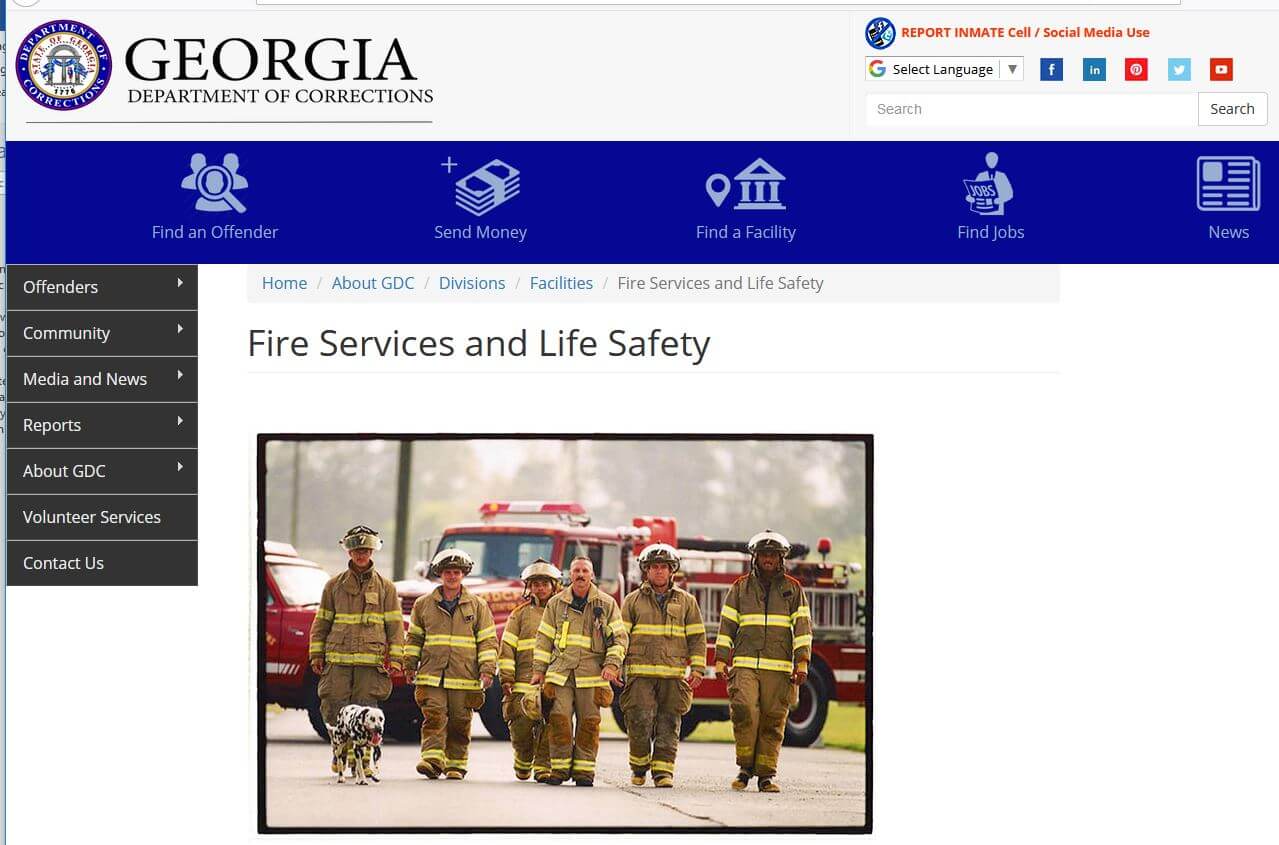Ed: This is one of a series of conference notes from the recent LAWCHA conference. If you have reflections from one of the panels or plenaries, please send them along. This one, by Jacob Remes, considers a panel on work and workers in disasters.
Disasters are often imagined as “time out of time,” events sparked by God or nature or accident that exist outside of history. Scholars of disaster, however, increasingly insist that disasters are inscribed in history, shaped both by contingent social processes that precede them and shaping what comes after. Once we see disasters as events with histories and within history, we can start to ask questions about how workers shape and are shaped by disaster. I had the pleasure of organizing a panel—uncreatively called “Labor Histories of Disaster”—that considered the role of work and workers in disaster in 19th and 21st century North America. What follows is adapted from the comments I gave at our session.
To start the panel, Christienna Fryar, lecturer of the history of slavery and unfree labor at the University of Liverpool, delivered a paper on the cholera epidemic that struck Jamaica in 1850. Cholera was, she said, a symbol, both for metropolitan elites and Jamaican planters, of the failure of emancipation—that is, planters’ failure to extract labor from emancipated workers. So the response to the epidemic focused on two questions: how to prevent recurrence outbreaks, and how to replace the lost workers. Neither of these concerns, to say the least, were about the sick, the dying, or the grieving. As Fryar said, “Even in death, the lives of Black Jamaicans were intimately bound to the work they could no longer complete.”
Next, Caroline Grego, who next term will start as visiting assistant professor of history at Queens University in Charlotte, N.C., talked about Red Cross relief after the Sea Island Hurricane of 1893. The presence of the Red Cross, she said, created new ground for contest action about the labor and political system—Jim Crow—that white planters were working to impose. Both white supremacists and Black Sea Islanders use the presence of the Red Cross to try to shape the material and political circumstances that would follow the disaster. For Black Sea Islanders, disaster relief created a moment of “hard-won possibility” in which to resist encroaching Jim Crow. Grego showed how Black workers, white landowners, and the Red Cross negotiated over what “dependence” and “independence” would look like: the Red Cross aimed to prevent dependence on charity; white landowners wanted to force Black people into dependence on them, through which they could extract Black labor; and Black workers strove to remain independent.
Finally, J. Carlee Purdum, a Ph.D candidate in sociology at Louisiana State University and a research associate at Texas A&M University’s Hazard Reduction and Recovery Center, presented on Georgia’s growing reliance on unfree—that is, imprisoned—disaster and emergency workers. She traced the growth of Georgia’s program from its origins in the 1960s as a way to protect prisons from fire to today, when unpaid imprisoned workers are farmed out to counties as all-hazard firefighters responding to all of a community’s emergency calls. For Purdum, Georgia’s prison labor emergency worker program must be seen in the context of three ongoing crises: rural depopulation (which leaves rural counties without free, volunteer firefighters), inaccessible health care (which makes emergency workers health-care providers), and mass incarceration. Neoliberalism erodes the welfare state but builds the carceral and police states; in disaster it all comes together.
As these three short summaries suggest, despite the differences in the settings of these papers—1850 Jamaica during an epidemic, 1893 South Carolina after a hurricane, contemporary Georgia in ordinary times—they all showed disasters as moments in which people negotiated and contested emancipation and the line between free and unfree labor. Fryar and Grego’s papers were both about negotiating the terms of post-emancipation labor. How could white planters use disaster to extract the maximum labor from the Black people they had recently enslaved? How could free Black people, for whom slavery was a recent memory, resist this exploitation and instead remain able to grow their own crops on their own land? In Purdum’s paper, the question was inverted. She ended her paper quoting a formerly incarcerated emergency worker she called “Lucas.” Lucas dearly wanted to do the work as a free man that he had performed, unpaid, while a convict laborer. But the same system that had happily put him in danger and extracted his labor while he was unfree was unwilling to employ him for wages when he was free. In the 19th century papers, the question was about the terms of emancipated labor; in the 21st century paper, the question was emancipation itself.







